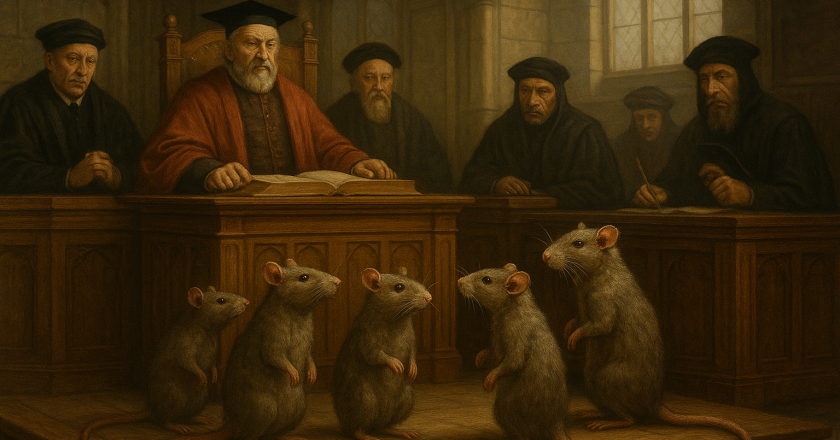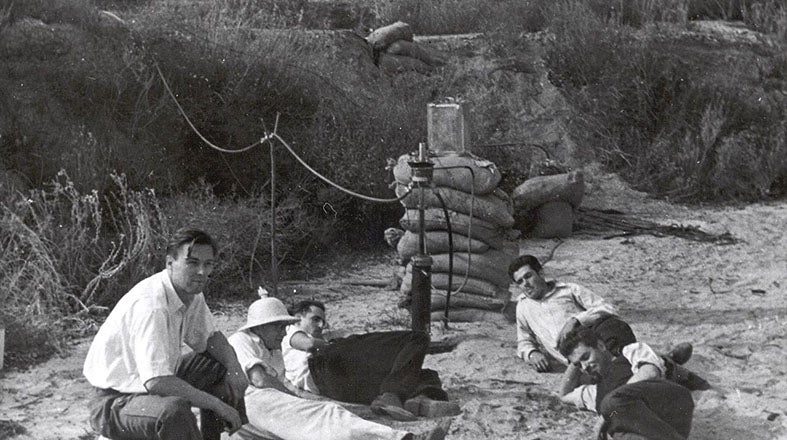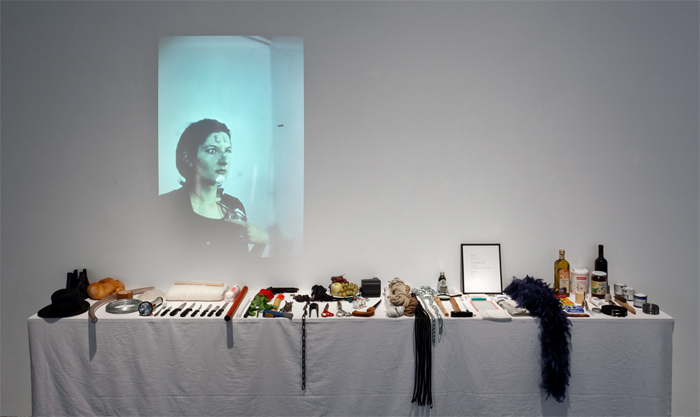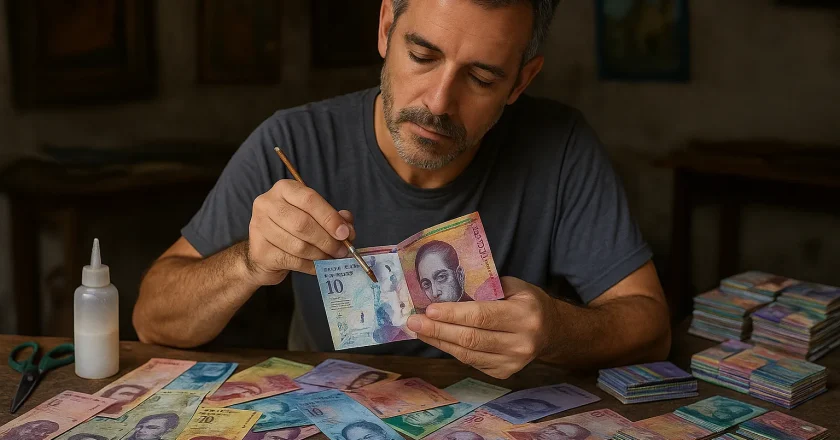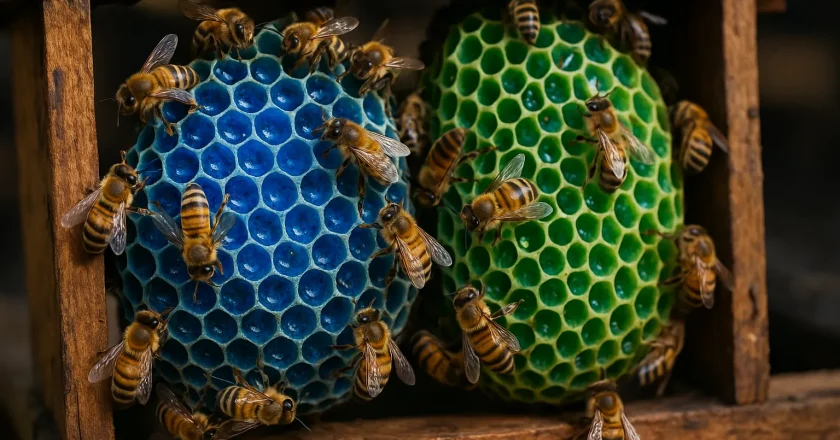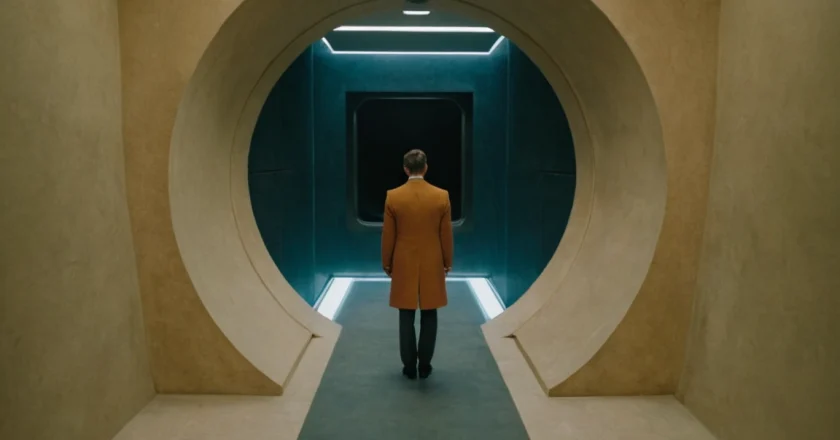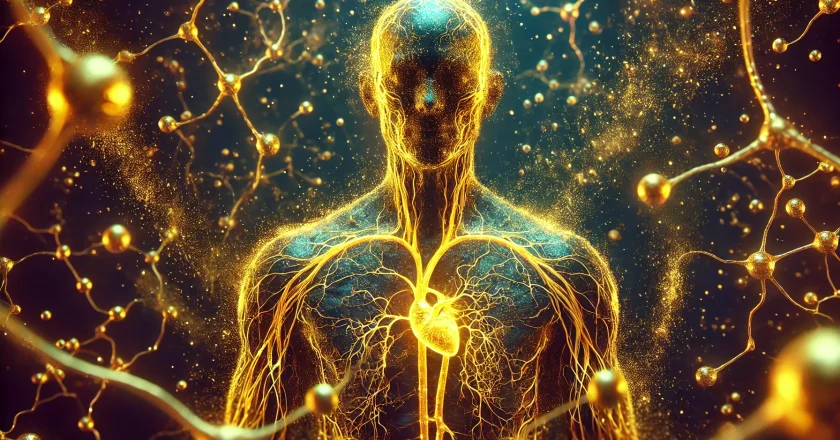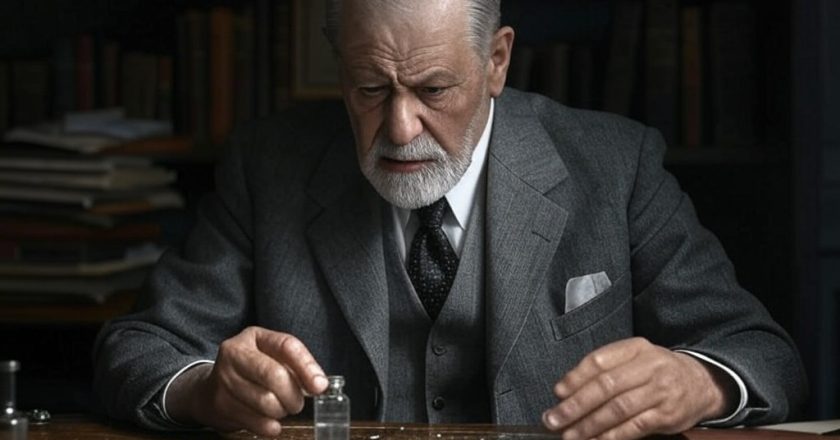The Shot That Stopped the Courtroom: The Marianne Bachmeier Verdict That Echoes Through Time
In every era there are crimes that stain the collective memory, cases so heavy that even decades later society struggles to articulate how it feels about them. But sometimes, it is not the crime itself that lingers—it is the reaction of someone so devastated, so torn open by grief, that their response becomes a defining moral question for an entire generation. In 1981 Germany, this moment belonged to a mother named Marianne Bachmeier, who walked into a courtroom not to watch justice unfold but to decide for herself what justice meant when the legal process felt unbearably slow for a heart already broken beyond repair. The courtroom was stern and cold, filled with the quiet hum of legal formality. Judges, lawyers, journalists, and spectators were prepared for a procedural day in court. They...


